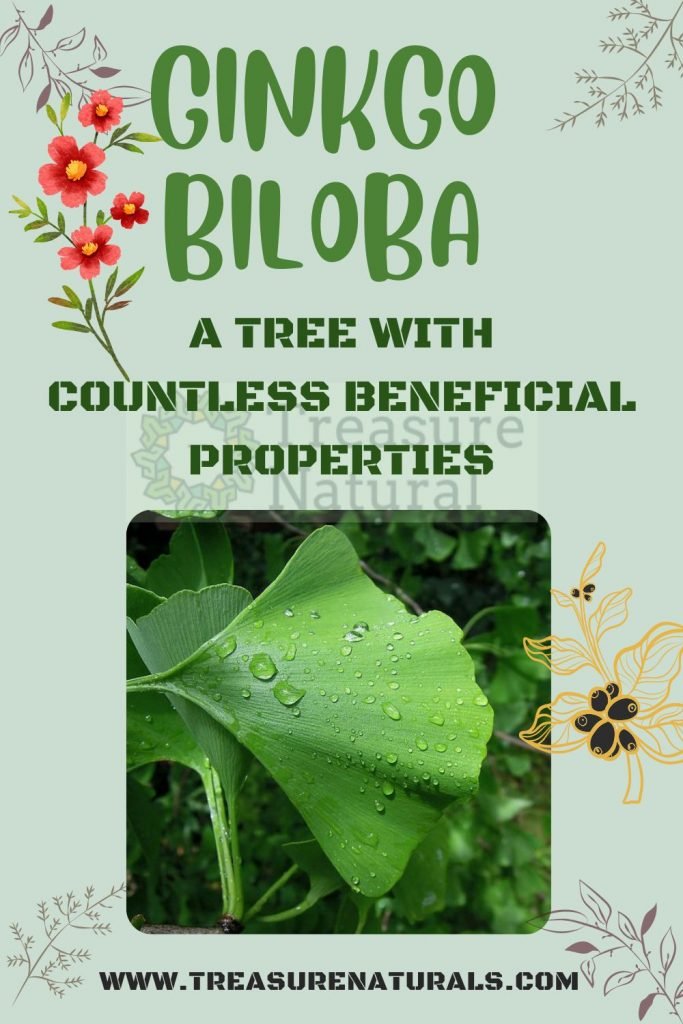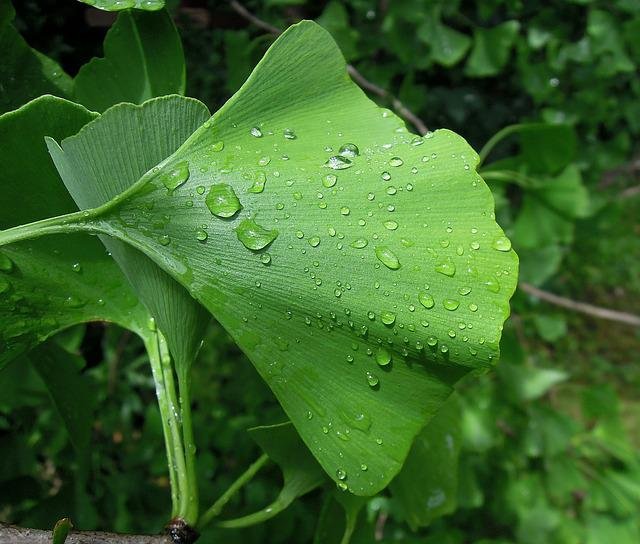
Ginkgo biloba is a tree native to China and Japan that has become known for its health benefits and the properties of the extracts obtained from it: let’s find out more in our guide.
History of Ginkgo Biloba
Ginkgo (ginkgo biloba) is a tree now widespread in vast temperate areas of the planet.
It is a broad-crowned tree characterized by a smooth greyish bark and graceful light green laminated leaves.
The colors make it a decorative plant widely used in gardens and tree-lined avenues where it stands out for its fan-shaped foliage.
The fruit, edible after roasting, is fleshy and yellow in color, while the properties of ginkgo biloba have led it to be widely used in cosmetics.
The origins
Imported to Europe in the mid-18th century, ginkgo is considered to be the oldest tree on earth.
A tenacious tree, capable even of withstanding the devastating effects of the atomic explosions of Hiroshima.
Its name derives from the Japanese term Yin-kuo which means ‘golden apricot’ and biloba referring to the characteristic two-lobed leaf.
Due to its longevity and its history, Ginkgo is a sacred tree in Japan where it is often found near temples and places of worship.
It is widely believed, in fact, that the conservation of this tree species is due to the monks who for centuries cultivated it to decorate their most sacred places.
The properties of Gingko biloba
In addition to a millenary and fascinating history, among the beneficial properties of ginkgo stands the ability to thin the blood and promote oxygenation of brain tissues.
For this reason it is also known as the ‘memory plant’. It is particularly suitable for students and scholars to enhance cognitive faculties while learning.
Scientific studies have shown its efficacy to counteract brain degeneration in the elderly and that terrible chronic-degenerative disease known as Alzheimer’s.
Also being a powerful vasodilator, ginkgo is a useful antiallergic remedy, especially recommended for neutralizing asthma attacks.
The leaves are rich in terpenes, flavonoids and polyphenols.
They act in the blood vessels by reducing capillary porosity, avoiding the formation of thrombus and inhibiting the mechanism of aggregation of platelets.
For this reason, it is able to avoid the rejection of transplanted organs and, under medical supervision, it is widely used in case of embolisms.
No less important is the antioxidant action that makes ginkgo a natural scavenger against free radicals.
A recipe with Gingko biloba
A recipe to exploit the known properties of ginkgo is that of a vasotonic herbal tea.
You will need:
- 40 gr of red vine leaves
- 20 gr of black currant leaves
- another 20 grams of blueberry berries
- and always 20 grams of ginko biloba
Preparation. Use two tablespoons of this herbal mixture to infuse in a tea filter in a liter of boiling water for 10-12 minutes and drink the hot drink.
The contraindications of Gingko biloba

Ginkgo extracts should not be taken during pregnancy or while breastfeeding.
In general, it is always good to ask your doctor for advice and avoid sun exposure during therapies.






